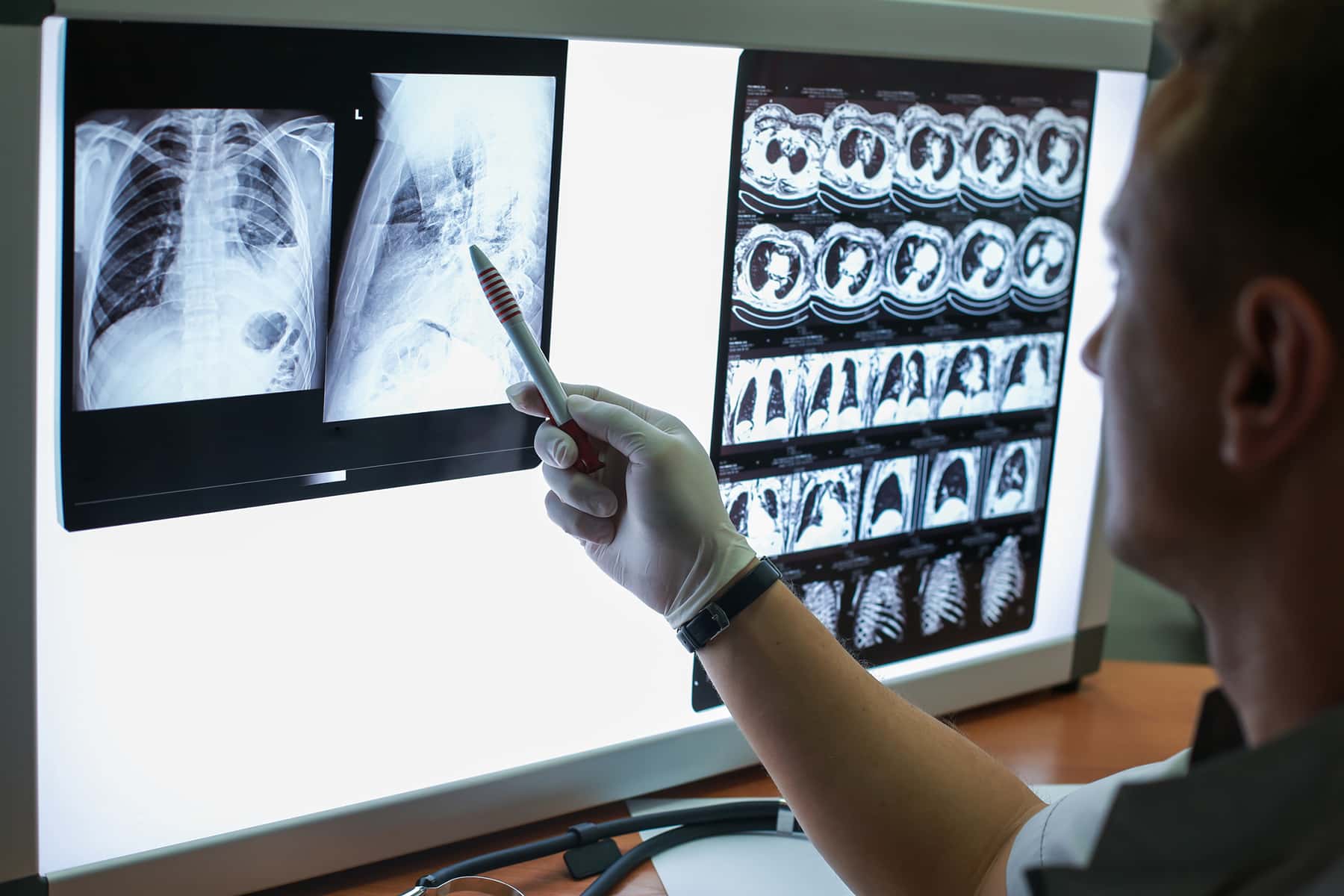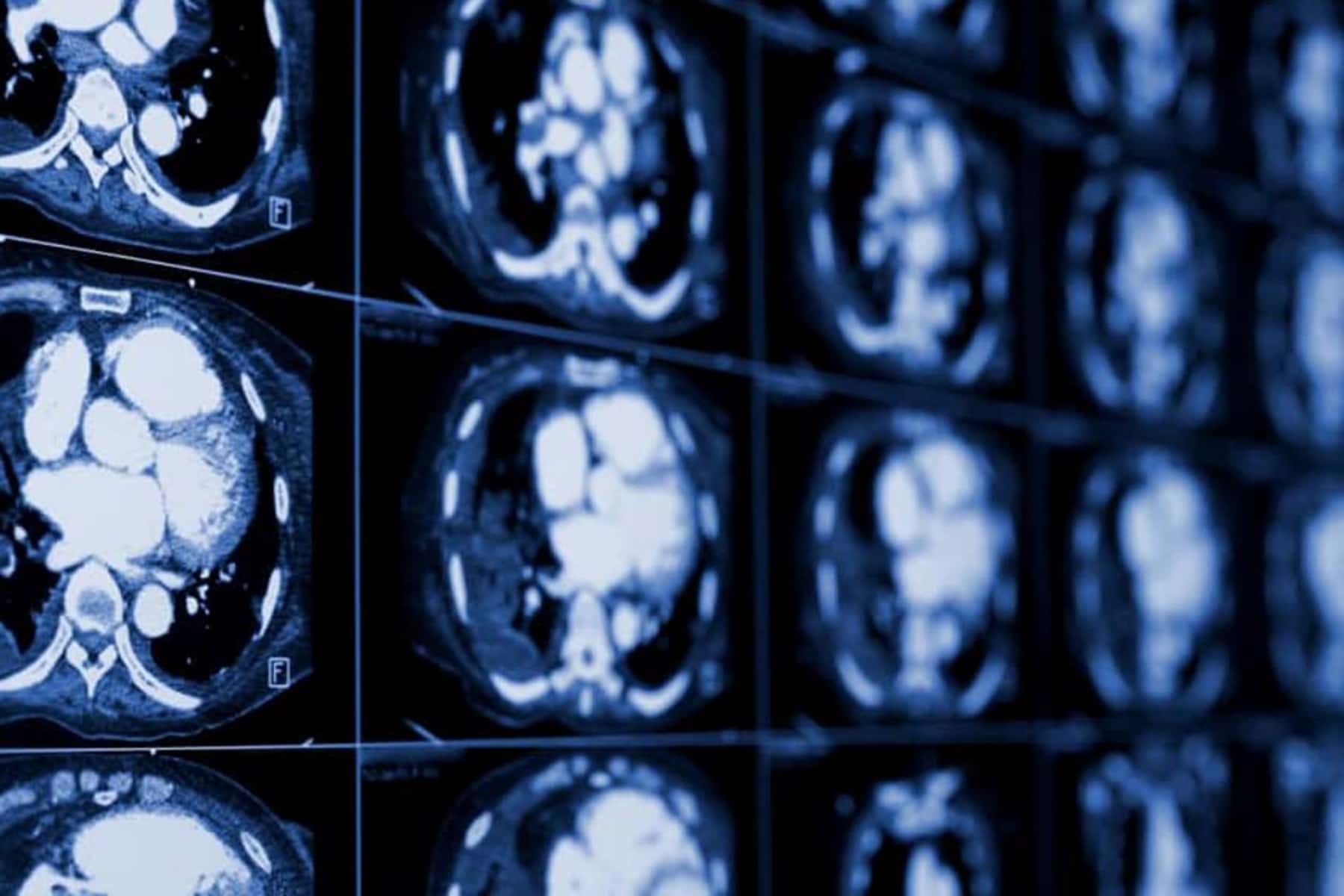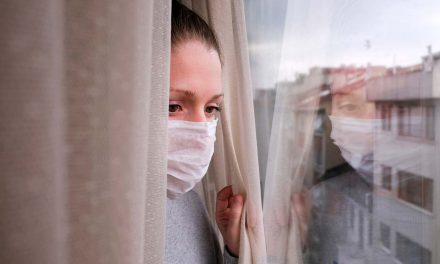
What became known as COVID-19, or the coronavirus, started in late 2019 and early 2020 in the Chinese city of Wuhan as a cluster of pneumonia cases with an unknown cause. The cause of the pneumonia was found to be a new virus – severe acute respiratory syndrome coronavirus 2, or SARS-CoV-2. The illness caused by the virus is COVID-19.
Now declared as a pandemic by the World Health Organization (WHO), the majority of people who contract COVID-19 suffer only mild, cold-like symptoms. WHO said about 80% of people with COVID-19 recover without needing any specialist treatment. Only about one person in six becomes seriously ill “and develops difficulty breathing.” So how can COVID-19 develop into a more serious illness featuring pneumonia, and what does that do to our lungs and the rest of our body?
How is the virus affecting people?
Guardian Australia spoke with Prof John Wilson, president-elect of the Royal Australasian College of Physicians and a respiratory physician. He said almost all serious consequences of COVID-19 feature pneumonia. Wilson said people who catch COVID-19 can be placed into four broad categories.
The least serious are those people who are “sub-clinical” and who have the virus but have no symptoms. Next are those who get an infection in the upper respiratory tract, which, Wilson said, “means a person has a fever and a cough and maybe milder symptoms like headache or conjunctivitis.”
He said: “Those people with minor symptoms are still able to transmit the virus but may not be aware of it.”
The largest group of those who would be positive for COVID-19, and the people most likely to present to hospitals and surgeries, are those who develop the same flu-like symptoms that would usually keep them off work. A fourth group, Wilson said, will develop severe illness that features pneumonia.
He said: “In Wuhan, it worked out that from those who had tested positive and had sought medical help, roughly 6% had a severe illness.”
The WHO said the elderly and people with underlying problems like high blood pressure, heart and lung problems or diabetes, are more likely to develop serious illness.
How does the pneumonia develop?
When people with COVID-19 develop a cough and fever, Wilson said this is a result of the infection reaching the respiratory tree – the air passages that conduct air between the lungs and the outside.
He said: “The lining of the respiratory tree becomes injured, causing inflammation. This in turn irritates the nerves in the lining of the airway. Just a speck of dust can stimulate a cough.
“But if this gets worse, it goes past just the lining of the airway and goes to the gas exchange units, which are at the end of the air passages.
“If they become infected they respond by pouring out inflammatory material into the air sacs that are at the bottom of our lungs.”
If the air sacs then become inflamed, Wilson said this causes an “outpouring of inflammatory material [fluid and inflammatory cells] into the lungs and we end up with pneumonia.”
He said lungs that become filled with inflammatory material are unable to get enough oxygen to the bloodstream, reducing the body’s ability to take on oxygen and get rid of carbon dioxide.
“That’s the usual cause of death with severe pneumonia,” he said.
How can the pneumonia be treated?
Prof Christine Jenkins, chair of Lung Foundation Australia and a leading respiratory physician, told Guardian Australia: “Unfortunately, so far we don’t have anything that can stop people getting COVID-19 pneumonia.
“People are already trialling all sorts of medications and we’re hopeful that we might discover that there are various combinations of viral and anti-viral medications that could be effective. At the moment there isn’t any established treatment apart from supportive treatment, which is what we give people in intensive care.
“We ventilate them and maintain high oxygen levels until their lungs are able to function in a normal way again as they recover.”
Wilson said patients with viral pneumonia are also at risk of developing secondary infections, so they would also be treated with anti-viral medication and antibiotics.
“In some situations that isn’t enough,” he said of the current outbreak. “The pneumonia went unabated and the patients did not survive.”
Is COVID-19 pneumonia different?
Jenkins said COVID-19 pneumonia is different from the most common cases that people are admitted to hospitals for.
“Most types of pneumonia that we know of and that we admit people to hospital for are bacterial and they respond to an antibiotic.
Wilson said there is evidence that pneumonia caused by COVID-19 may be particularly severe. Wilson says cases of coronavirus pneumonia tend to affect all of the lungs, instead of just small parts.
He said: “Once we have an infection in the lung and, if it involves the air sacs, then the body’s response is first to try and destroy [the virus] and limit its replication.”
But Wilson said this “first responder mechanism” can be impaired in some groups, including people with underlying heart and lung conditions, diabetes and the elderly.
Jenkins said that, generally, people aged 65 and over are at risk of getting pneumonia, as well as people with medical conditions such as diabetes, cancer or a chronic disease affecting the lungs, heart, kidney or liver, smokers, Indigenous Australians, and infants aged 12 months and under.
“Age is the major predictor of risk of death from pneumonia. Pneumonia is always serious for an older person and in fact it used to be one of the main causes of death in the elderly. Now we have very good treatments for pneumonia.
“It’s important to remember that no matter how healthy and active you are, your risk for getting pneumonia increases with age. This is because our immune system naturally weakens with age, making it harder for our bodies to fight off infections and diseases.”
Grаhаm Rеаdfеаrn
Originally published on The Guardian as Coronavirus: what happens to people’s lungs when they get Covid-19?
Help deliver the independent journalism that the world needs, make a contribution of support to The Guardian.















